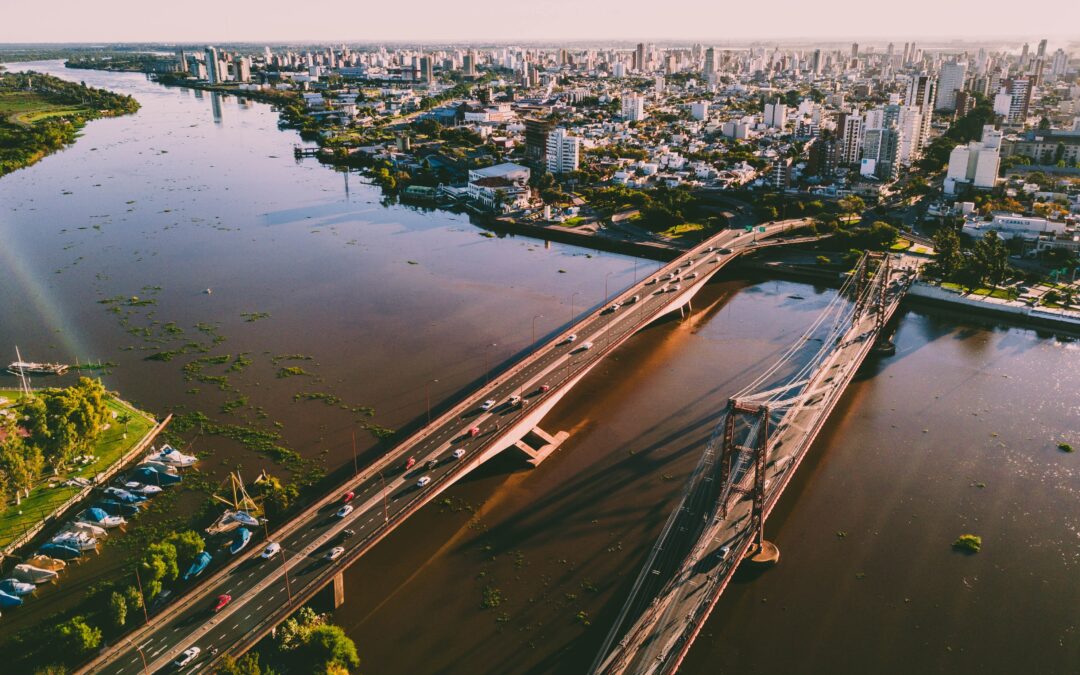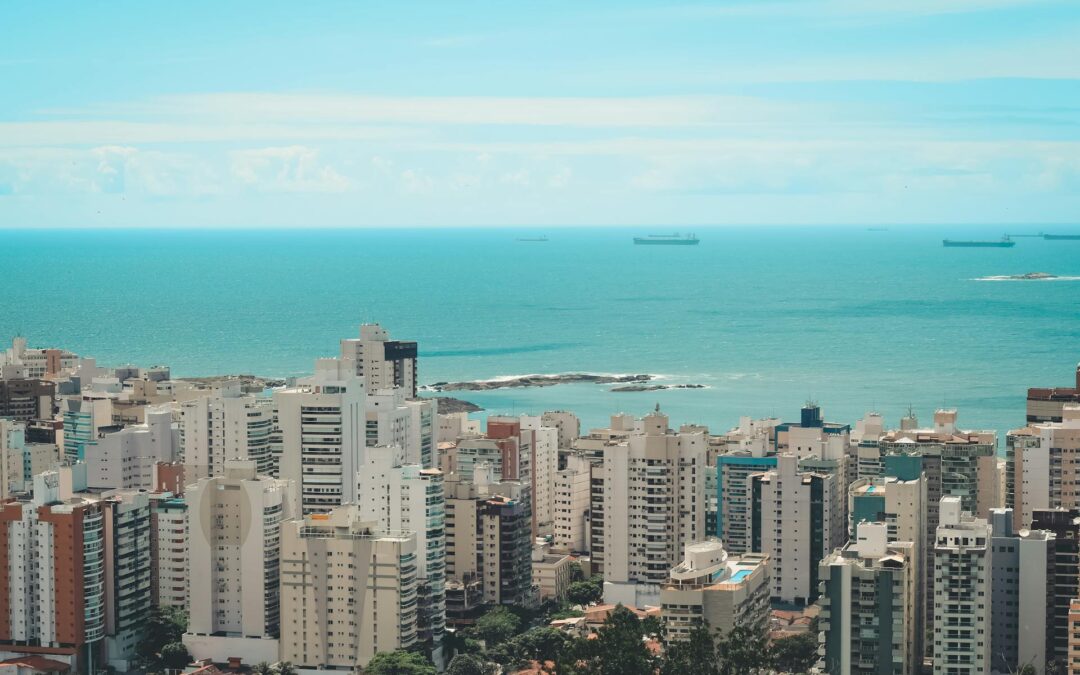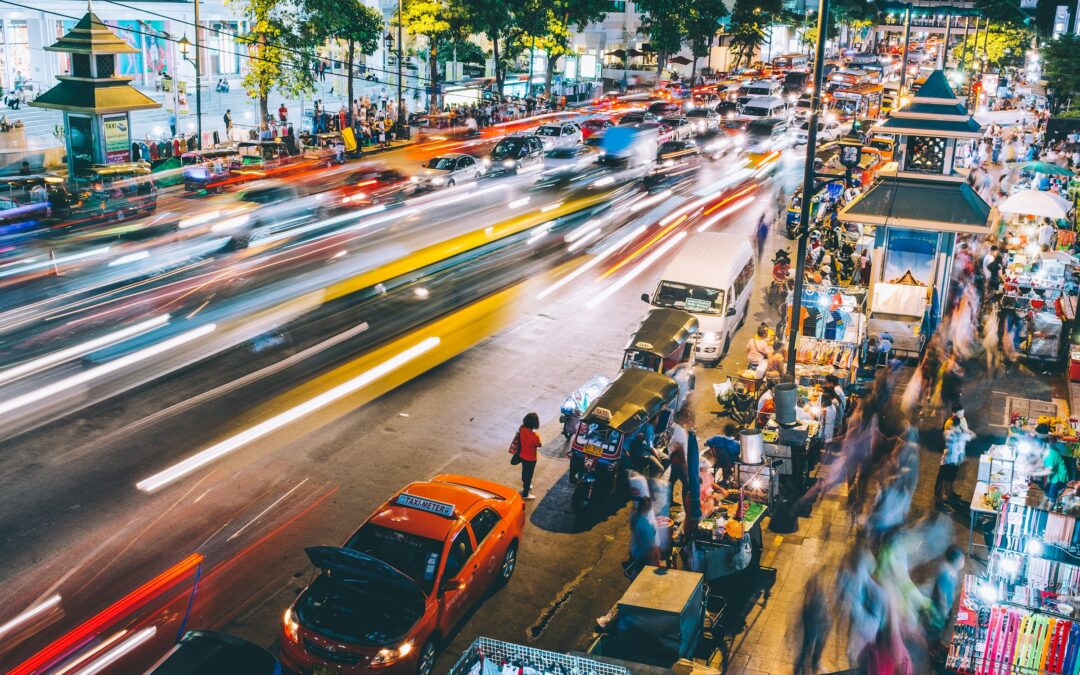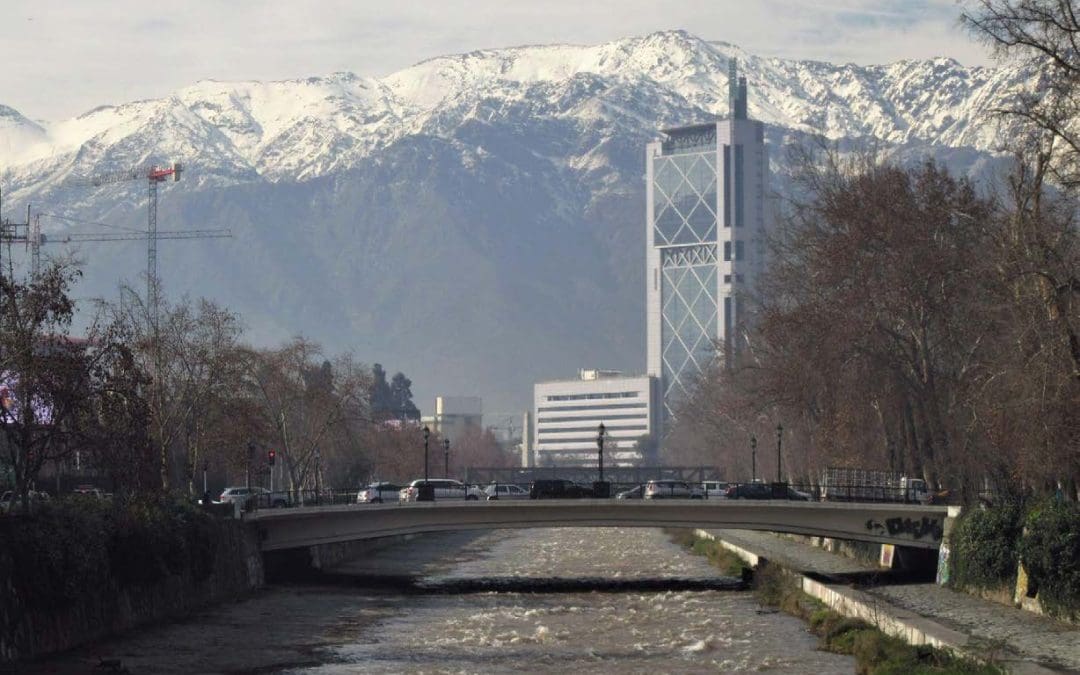
by Resilient Cities Network | Jul 9, 2025 | Publications
Santa Fe, the capital of the Argentine province of the same name, is a riverine city with a rich cultural legacy and strong academic institutions. Home to nearly half a million residents, Santa Fe sits at the intersection of urban development and environmental...

by Resilient Cities Network | Jul 9, 2025 | Publications
Salvador, the capital of Bahia and one of Brazil’s most historic port cities, is home to nearly 3 million residents across a sprawling coastal landscape. Its rich Afro-Brazilian culture, economic vitality, and oceanfront setting make it a national treasure—but also...

by Resilient Cities Network | Jul 9, 2025 | Publications
Thailand’s capital and economic powerhouse, Bangkok, is home to 5.4 million people across 50 districts. Once a small riverside fortress, it has grown into one of Southeast Asia’s most modern and dynamic cities. However, rapid growth and industrialization have led to a...

by Resilient Cities Network | Sep 9, 2024 | Publications
Mumbai is India’s commercial hub and its most populous city, with a population density of 28,400 people per km², making it one of the densest megacities in the world. Rapid population growth has increased the demand for land, but with the city surrounded by the ocean...

by Resilient Cities Network | Mar 13, 2024 | Publications, Trending Subjects
The Metropolitan Region of Santiago is closely connected to the Maipo River, whose basin covers 90% of the regional surface and its main tributary, the Mapocho River, flows through the city of Santiago (DGA, 2014). One significant risk in the basin is the movement of...






Recent Comments